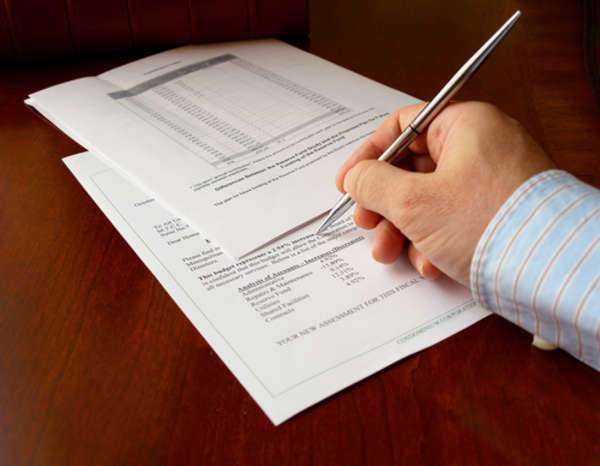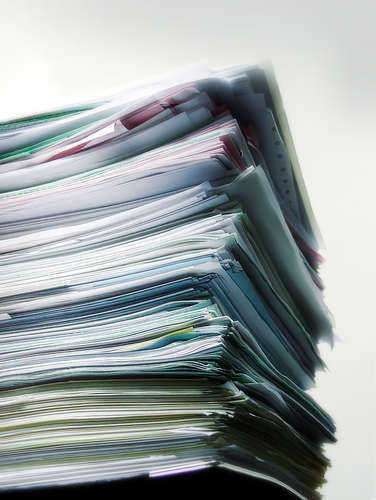
Demand Letter: An Overview
A demand letter is a written communication sent by one party to another demanding the performance of a specific action or the remedying of a specific wrongdoing. A demand letter is not a legal document but can serve as the first step towards resolution of a legal dispute. In most cases, the demand letter is sent by a party’s attorney but can be sent by the party themselves. Demands can be made in various situations, including those involving debt collection, employment, insurance, personal injury, breach of contract, and infringement of intellectual property rights.
This article aims to discuss the intricacies of a demand letter, including its purpose, contents, and legal implications. Additionally, this article seeks to provide updated information concerning demand letters by incorporating insights from various government resources.
Purpose of a Demand Letter
Before sending a demand letter, it is crucial to determine the reason for the demand. As previously mentioned, demand letters can be sent for various reasons. However, the most common reason is requesting payment for goods and services sold. In these situations, a demand letter serves as a reminder to the debtor of their outstanding debt.
Apart from seeking payment, a demand letter can demand different things such as holding the recipient responsible for a particular injury (personal injury) or failure to adhere to the terms of a contract. Furthermore, a demand letter can also be an attempt to negotiate with the recipient to avoid litigation. This portion is usually seen in employment or insurance cases where the recipient can be expected to provide settlement to the claimant.
A demand letter serves as evidence of an attempt to resolve a legal dispute non-litigiously. This means that if litigation is inevitable, the demand letter will serve as a valuable tool in court as proof of good faith negotiation. Moreover, in some jurisdiction, some form of demand letters is required for particular discussions, such as those that demand or delineate the terms of a lease.
Contents of a Demand Letter
There is no precise or exact format or language required in a demand letter as long as it serves a specific purpose to the recipient. However, a common structure for a demand letter is an opening salutation, a statement of claim, and an ultimate demand with a deadline.
Opening Salutation
A demand letter should begin with a formal greeting of the recipient, which should be the person or entity responsible for the issue at hand. It is essential to keep the tone of the salutation professional and polite.
Statement of Claim
The statement of claim should set out clearly and concisely what the dispute is all about. This section detailing the facts of the dispute should be objective, reliable, and based on evidence. In some cases, a brief summary of what has happened should be presented along with supporting documents or receipts. It is best practice to refer to specific dates or timelines of events to support the statement of claim.
Ultimate Demand and Deadline
Finally, the demand letter should contain an ultimate demand section that explicitly states the required resolution of the dispute. Generally, the required remedy is included in the form of monetary compensation through a given deadline. The reason for the deadline is to provide the recipient with reasonable notice to act. It is essential to state that if the deadline is not met, legal action will be taken.
Legal Implications of a Demand Letter
As previously stated, demand letters are generally not legal documents. However, it cannot be disputed that a demand letter carries legal implications. Legal actions can follow a demand letter, and the demand letter will serve as evidence of an attempt to resolve the issue amicably before resorting to legal action.
Moreover, demand letters have a psychological impact on recipients. A well-written demand letter can open the door to negotiation, forcing the recipient to settle the dispute to avoid legal action. However, it would be best if you always behaved professionally and within the bounds of the law, as the wrong approach to a demand letter may frustrate settlement efforts.
Government Resources on Demand Letters
Government resources are excellent sources of information to help you craft a demand letter effectively. The Federal Trade Commission’s website provides valuable information and templates regarding debt collection demands to assist businesses, creditors, and consumers.
Moreover, the United States Environmental Protection Agency (EPA) has outlined a proper format for a demand letter when demanding settlement for environmental violations. The EPA provides a list of items that must be included in a demand letter, including the nature of the violation, the provisions violated, and the corrective action required to resolve the violation.
In addition, the Consumer Financial Protection Bureau (CFPB), created in 2010 by the Dodd-Frank Wall street Reform and Consumer Protection Act, holds vast amounts of information regarding debt collection including, among other things, the Fair Debt Collection Practices Act, which provide guidelines for actions taken during collection efforts.
These resources are great for those drafting demand letters because you can review various templates and approaches before molding a specific demand to your particular case.
Conclusion
A demand letter is an effective tool in resolving legal disputes without resorting to litigation. When carefully crafted and within the confines of the law, it can either compel the recipient to settle the dispute or serve as evidence of good faith negotiations as the case moves forward. The content of the demand letter should be customized to the specific case, and the tone should remain professional and polite. With the help of government resources, the process of drafting a demand letter becomes streamlined and less-frustrating.
A. Format
When creating a demand letter, it is important that you stay with the tried and true method of effective demand letter writing. Follow these steps when writing your demand letter:
1. Review the dispute – You must have a clear understanding of the dispute and understand the conflict in order to write an effective demand letter. If you are directly involved in the dispute, you probably know everything about your side of the problem, however you still need to reflect on the other side’s position.
2. Write a brief explanation of the dispute – To start your demand letter, outline the basic facts of the dispute in a neutral tone.
3. State what you want – After giving your brief explanation of the dispute, state in clear language what you want, when and how you want it. Do not be impolite or derogatory, but merely state in a forceful tone what you want the other party to do.
4. Edit your letter – Do not send a letter that has spelling, grammar, or technical mistakes, as this will take a lot of the force out of your demand letter. Make sure that your letter appears professional and neat.
5. Finally, you must provide the threat of legal our court action should your demand letter not be complied with. Again, state is in a polite yet forceful manner.
Once completed, send your demand letter to the party you wish to contact. If you do not receive a response in a reasonable amount of time, you should send a second and third letter to ensure the other side knows you are taking the matter seriously.
B. Instructions
When writing a demand letter, you must follow these steps in ensuring that you create an effective and professional demand letter.
1. Know the dispute – Learn everything possible about the issue so that you can write a clear and convincing demand letter. Research all applicable laws and rules to make sure your demand letter is in compliance.
2. Heading and greeting – Make sure to include a heading stating who you are, your contact information, and address the letter formally to the individual or entity receiving the demand letter.
3. Write a brief explanation of the dispute – To start your demand letter, outline the basic facts of the dispute in a neutral tone.
4. State what you want – After giving your brief explanation of the dispute, state in clear language what you want, when and how you want it. Do not be impolite or derogatory, but merely state in a forceful tone what you want the other party to do.
5. Edit your letter – Do not send a letter that has spelling, grammar, or technical mistakes, as this will take a lot of the force out of your demand letter. Make sure that your letter appears professional and neat.
6. Finally, you must provide the threat of legal our court action should your demand letter not be complied with. Again, state is in a polite yet forceful manner.























